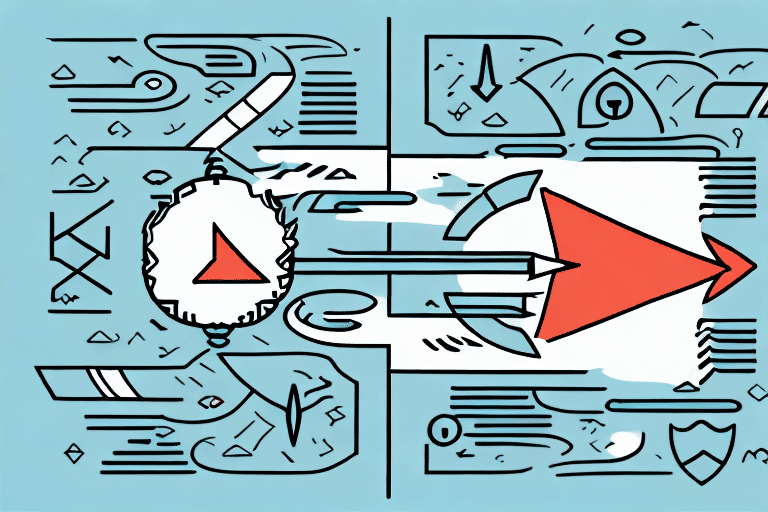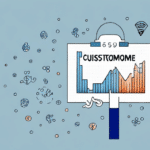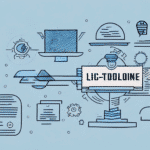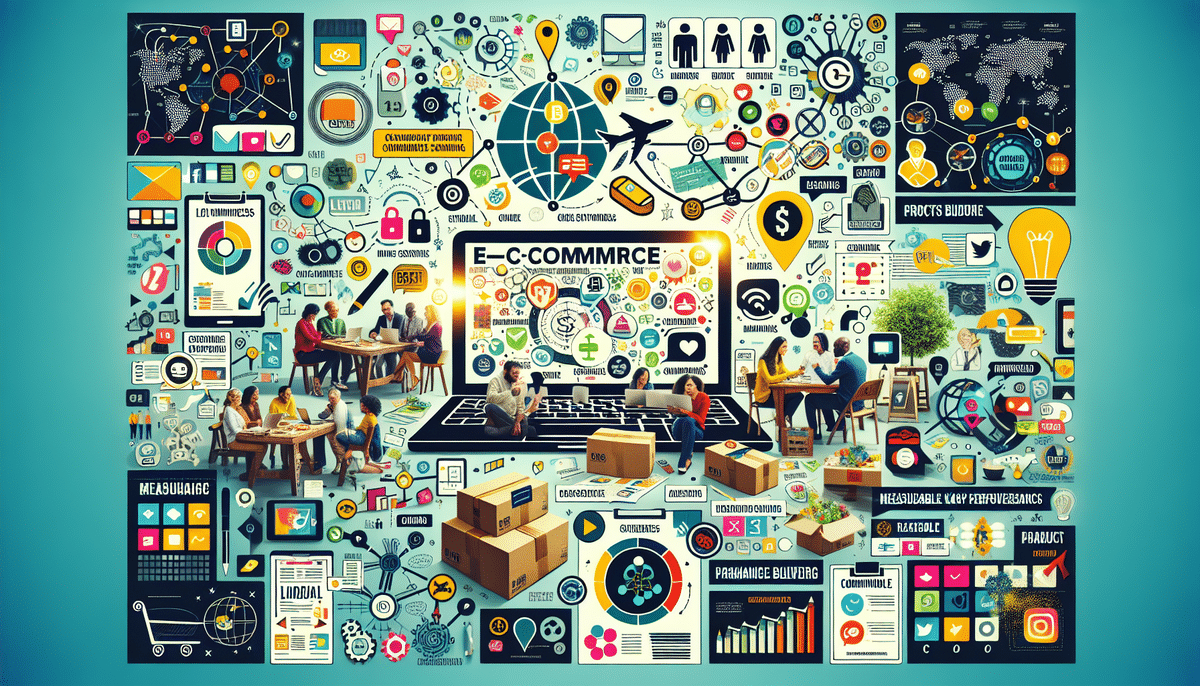Exploring the Difference Between Customer Retention and Acquisition
In the world of business, customer retention and customer acquisition are two key concepts that often get conflated. However, understanding the difference between these two terms is crucial for any business owner looking to grow their enterprise and build a loyal customer base. In this article, we’ll explore the nuances of customer retention versus acquisition, look at why they matter, and offer strategies for success in both areas.
Understanding Customer Retention and Acquisition
Customer retention refers to the strategies and actions aimed at keeping existing customers engaged and loyal to your brand. This involves delivering consistent value, excellent customer service, and personalized experiences that encourage repeat business.
On the other hand, customer acquisition focuses on attracting new customers to your business. This is achieved through various marketing and advertising efforts, such as social media campaigns, email marketing, content marketing, and paid advertising.
Key Differences
- Goal: Retention aims to maintain existing relationships, while acquisition seeks to establish new ones.
- Cost: Acquiring new customers generally involves higher costs compared to retaining existing ones.
- Time Frame: Retention strategies often yield long-term benefits, whereas acquisition can provide quicker, but potentially less stable, gains.
The Importance and Benefits of Customer Retention
Retaining existing customers is essential for long-term business success. According to a study by Bain & Company, increasing customer retention rates by just 5% can lead to an increase in profits of 25% to 95%.
Cost-Effectiveness
It is generally more cost-effective to retain existing customers than to acquire new ones. The cost of acquiring a new customer can be up to five times higher than retaining a current one (Investopedia).
Customer Loyalty and Advocacy
Loyal customers are more likely to make repeat purchases and become brand advocates, referring your business to others, which can lead to organic growth.
Feedback and Improvement
Maintaining relationships with existing customers provides valuable feedback, enabling businesses to refine their products or services to better meet customer needs.
The Cost of Customer Acquisition
Acquiring new customers involves significant investment in marketing and sales efforts. For instance, the average cost per acquisition (CPA) varies widely by industry, but it often includes expenses related to advertising, promotions, and sales team salaries (Forbes).
Return on Investment (ROI)
While acquisition efforts can drive immediate growth, the ROI must be carefully evaluated. High acquisition costs can erode profit margins if not balanced by customer lifetime value (CLV).
Balancing Acquisition Costs with Customer Lifetime Value
Understanding and maximizing CLV is crucial to justify acquisition investments. A higher CLV can offset the costs associated with acquiring new customers (Harvard Business Review).
Strategies and Tactics for Effective Retention and Acquisition
Customer Retention Strategies
- Excellent Customer Service: Providing prompt and helpful customer service to resolve issues and enhance satisfaction.
- Personalized Marketing: Tailoring marketing messages to individual customer preferences and behaviors.
- Loyalty Programs: Implementing rewards programs that incentivize repeat purchases.
Customer Acquisition Tactics
- Targeted Marketing Campaigns: Utilizing data-driven strategies to reach potential customers effectively.
- Referral Programs: Encouraging existing customers to refer new ones through incentives.
- Social Media Engagement: Building a strong presence on social platforms to attract and engage new audiences.
Measuring Success: Key Metrics
Customer Retention Metrics
- Customer Retention Rate: The percentage of customers who continue to do business with you over a given period.
- Customer Churn Rate: The rate at which customers stop doing business with you.
- Repeat Purchase Rate: The percentage of customers who make more than one purchase.
Customer Acquisition Metrics
- Conversion Rate: The percentage of potential customers who take a desired action, such as making a purchase.
- Cost Per Acquisition (CPA): The total cost of acquiring a new customer.
- Lead-to-Sale Time: The average time it takes to convert a lead into a paying customer.
Balancing Retention and Acquisition
To achieve sustainable growth, businesses must balance their efforts between retaining existing customers and acquiring new ones. Allocating resources effectively ensures that neither area is neglected, fostering a stable and expanding customer base.
Integrated Marketing Strategies
Developing marketing strategies that address both retention and acquisition can optimize overall business performance. For example, content marketing can attract new customers while nurturing existing ones.
Resource Allocation
Balancing budget and resources between retention and acquisition initiatives is crucial. Analyzing the ROI of different strategies helps in making informed decisions.
Future Trends in Customer Retention and Acquisition
The landscape of customer retention and acquisition is evolving with advancements in technology and changing consumer behaviors. Key trends to watch include:
- Personalized Customer Experiences: Utilizing data analytics and AI to create highly personalized interactions.
- Omnichannel Marketing: Providing a seamless customer experience across multiple channels.
- AI-Powered Customer Service: Implementing chatbots and automated systems to enhance customer support.
Common Mistakes and How to Avoid Them
There are common pitfalls businesses can avoid when attempting to retain and acquire customers:
- Failing to Provide Value: Customers need to see clear value in staying with or choosing your business.
- Neglecting Customer Service: Poor customer service can lead to increased churn and negative word-of-mouth.
- Failing to Target the Right Audience: Misaligned marketing efforts can result in wasted resources and ineffective campaigns.
By being aware of these mistakes, businesses can develop more effective strategies and ensure better outcomes in both retention and acquisition.
Conclusion: A Holistic Approach to Long-Term Business Success
Both customer retention and acquisition are essential components of a successful business strategy. By balancing these efforts and developing effective strategies for both, businesses can build a loyal customer base, drive sales and revenue growth, and ultimately achieve long-term success.




















